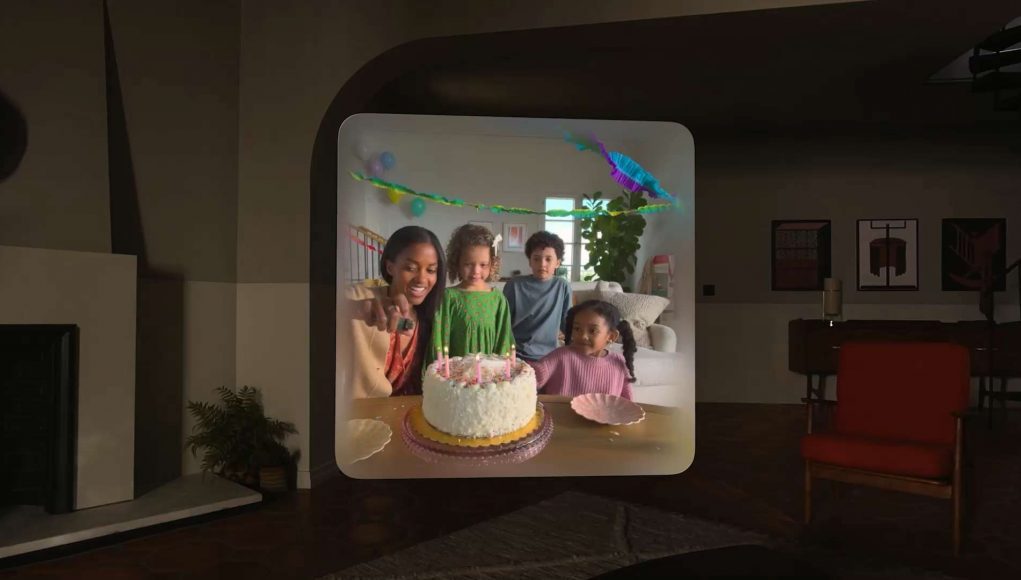One of the big features being touted by Apple is Vision Pro’s ability to play back spatial video captured on iPhone 15. The data miners were right, and Meta has confirmed it with the release of its v62 software: Quest now natively supports the MV-HVEC video codec, stealing just a bit of Apple’s thunder.
Update (February 1st, 2024): Meta announced that, using the Meta Quest mobile app, you’ll be able to upload and playback spatial video captured by iPhone 15 Pro and iPhone 15 Max on your Quest headset.
“With this new feature, you can experience your memories and media content like never before,” the company says in a blog post.
The original report follows below:
Original Article (January 29th, 2024): The information was obtained by X (formerly Twitter) user M1Astra, who notes a number of strings found within a beta version of Meta’s app for iOS. The strings that most likely refer to native support for the MV-HVEC codec include:
- “Immerse yourself in your favourite memories by uploading videos on the Meta Quest app.”
- “Enable spatial video in your camera settings. {link}”
- “Upload spatial video” “Spatial video ready”
M1Astra notes there are some possibly related strings that refer to Apple’s spatial video too:
- “Your videos are ready!” “Your video is ready!”
- “From the Meta Quest app gallery, upload videos to view them in VR”
- “Go to the cloud gallery of the Files app in your headset to experience your videos”
- “Uploaded videos are stored on Meta servers. Your headset will need to be connected to the Internet to view them.”
- “View uploaded videos on Meta Quest in the Files app Synced media tab”
- “Cancel upload?”
Quest users can already view iPhone’s spatial videos, however official support is set to not only make it easier, but more closely align Quest 2/3/Pro’s feature set with Vision Pro.
Notably, spatial video capture is only available on iPhone 15 Pro and iPhone 15 Pro Max—in addition to the $3,500 Vision Pro itself, which is set to ship out to pre-order customers starting on February 2nd. It’s thought that spatial video will be a more prominent feature moving forward, possibly arriving on a wider swath of iPhone 16 models in the near future.







